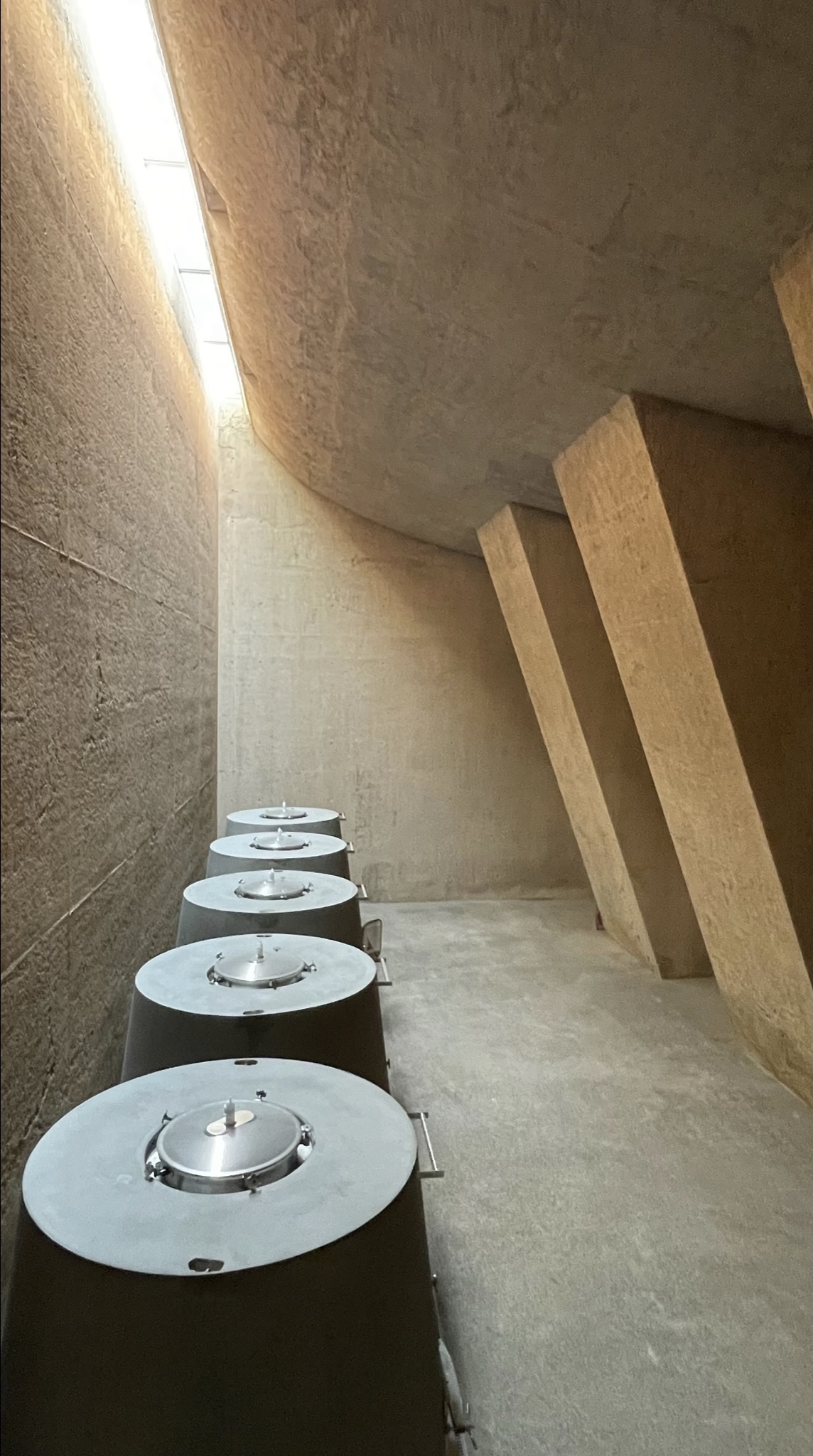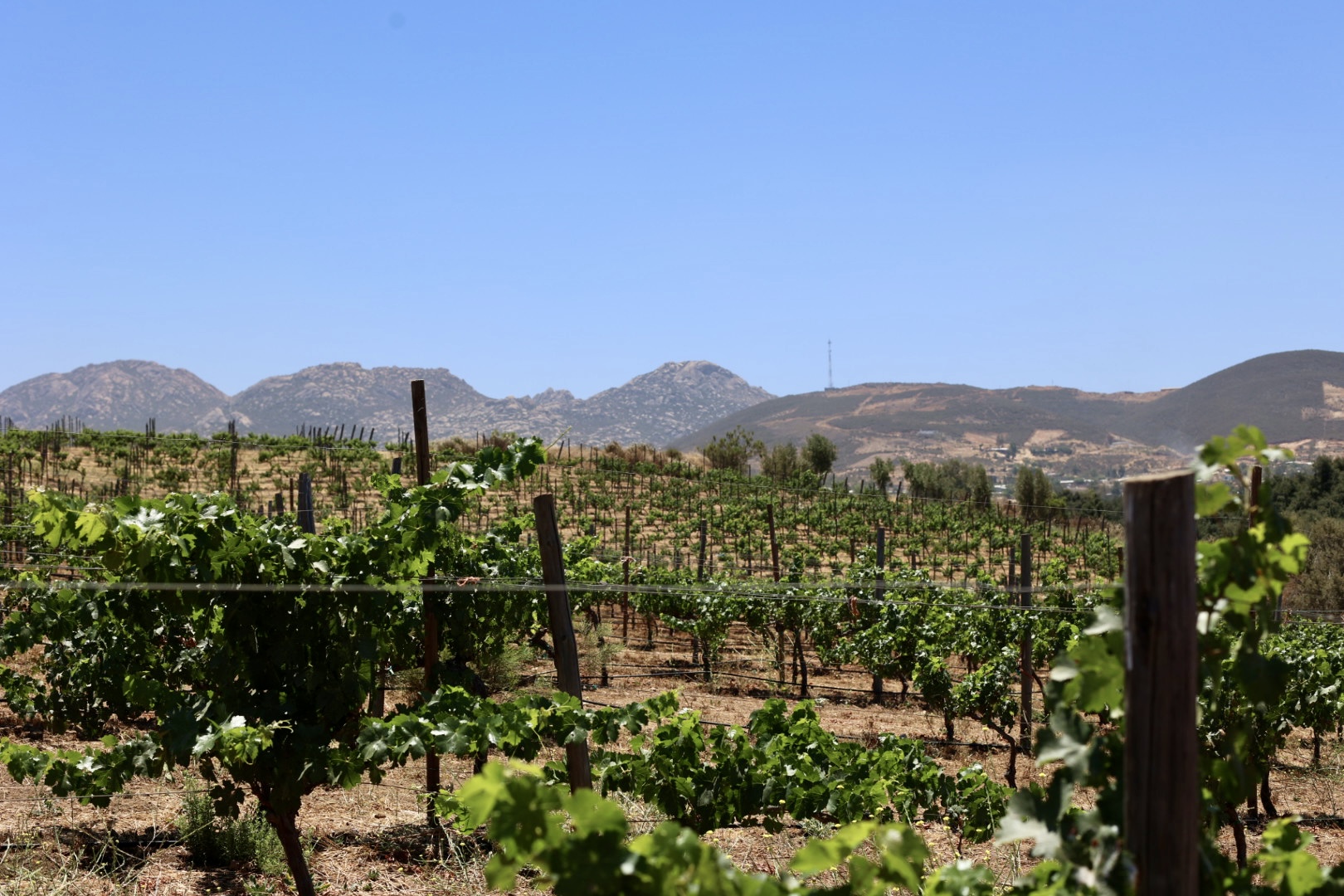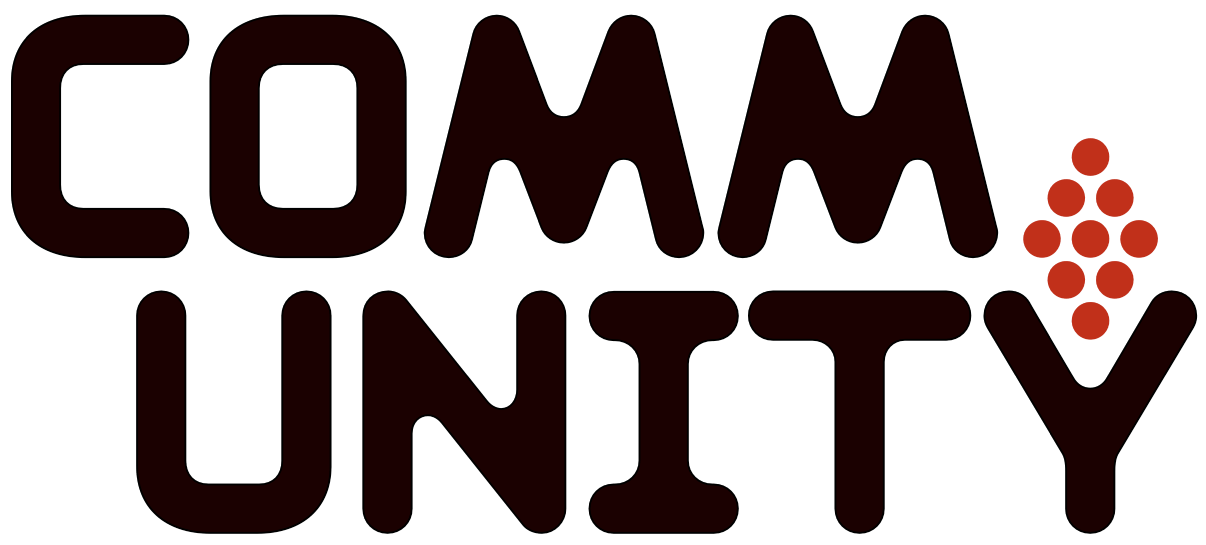
In the shop there’s a curious section that we are asked about all the time: M.Int.
”What is M.Int?” “Are these the wines that taste minty?”
At Community Wine and Spirits “M.Int” stands for “minimal intervention” which is just a small part of sustainable winemaking.
The saying “great wines are made in the vineyard” is true—and industry wide growers and winemakers are moving to sustainable, organic, and biodynamic practices. Wine is intimately tied to nature, and these different practices focus on different elements.
Ultimately a winemaker’s choices reflect their outlook on the world, much like the consumer. We want to be able to connect wine lovers with a bottle that they will enjoy.
It’s important for us to note that in every section of the shop (not just the minimal intervention section) you’ll find sustainable, organic, and biodynamically made wines which are noted on the shelf talkers and by a green stamp or on the product page online.
Minimal Intervention aka “Mint” aka “Natural Wine”
Minimal Intervention is a philosophy that has gained popularity over the past 25 years. From a niche movement in France to a wine-world-wide phenomenon, “natural wine” has solidly entered the pop culture lexicon. So why don’t we use the term “natural wine” in the shop? For one it is unregulated and often serves more as a marketing term than a description of the wine. Simply put, we don’t think it’s an accurate way to describe winemaking. To call a wine “natural” implies that other wines are “unnatural” even if they are working sustainably, organically, or biodynamically. In the shop many of our conventional tasting wines are made “naturally” but to call them that adds more confusion than direction.
At its purest the minimal intervention philosophy is “nothing added, nothing taken away.” This is a hands off approach to winemaking that typically takes a lot of insight and experience to nail.
Minimal Intervention is where you will find the orange wine, the funky wine, and the things that would otherwise be described as “natural wine.” We look to the greats like Giampiero Bea and Josko Gravner, but there are so many fun wines that can be put in this section. (Hi Tinto Amorio! 👋🏻)


Sustainable Winemaking: A Green Symphony
The essence of sustainable winemaking is straightforward: responsibly manage resources and minimize your impact on the land you are farming. Sustainable producers can pursue sustainable certification but the guidelines vary by country, state, and certifying body. Most of the sustainable guidelines revolve around resources, energy efficiency, water conservation, pesticide and herbicide reduction, and sometimes social responsibility.
Pictured above is the sustainability focused Perelada winery which was the first LEED Gold certified winery in Europe and was designed by Pritzker Prize-winners RCR Architects. It’s gorgeous, and has helped the sustainability aspects of their very large operation.
Organic Winemaking
In organic winemaking, nature takes center stage. Organic vineyards eschew synthetic chemicals and rely on natural fertilizers, cover crops, and beneficial insects to nurture the grapevines. Organic certification bodies abound, but like sustainable certifications they vary drastically by location. What works in Long Island is different than what works in Baja, Bordeaux, or Bourgueil.

Biodynamic Winemaking
Biodynamic farming takes a holistic approach to managing a farm and views it as one integrated system. Preparations, compost, and manure nourish the cover crops between the rows while animals are used to create the manure and till the land, and the entire system is governed by the phases of the moon.
This system was developed by Austrian philosopher Rudolf Steiner in the 1920s and has been adopted by winemakers all over the world. While there is a religious element to Biodynamics, not all practitioners ascribe to it. That being said there is something about biodynamic wines resonate beyond a “1+1=2” and it’s the reason why some of the most sought after wines on earth are made biodynamically. If you enjoy Chapoutier, LeRoy, or Domaine de la Romanée-Conti then you enjoy incredible biodynamic wine.
Korean Natural Farming and Other Philosophies
Today there are even more options for farmers wishing to explore farming systems. Some producers are focusing on technology driven precision agriculture that uses sensors throughout the vineyards and drone footage to tell vineyard managers when and where to be treating their grapes, some growers are looking back to indigenous traditions to ensure they aren’t stripping the nutrients out of their soils, and some are even focusing on supporting the microorganisms in their soils (Korean Natural Farming or KNF). The vineyard managers at Montinore told us that they have been experimenting in seeding mycelial networks using KNF principles.
Some move beyond science and into the spiritual side of farming and winemaking. Jason Ruppert of Ardure uses crystals, Virgina Samsel has a vineyard Reiki consulting practice, and Salvador Batlle Barrabeig of Cosmic Vinyaters in Catalunya uses the ohm frequency in the cellar.
For us there are many paths to great wines, but knowing more about where they come from and how they are made make them that much more delicious.

